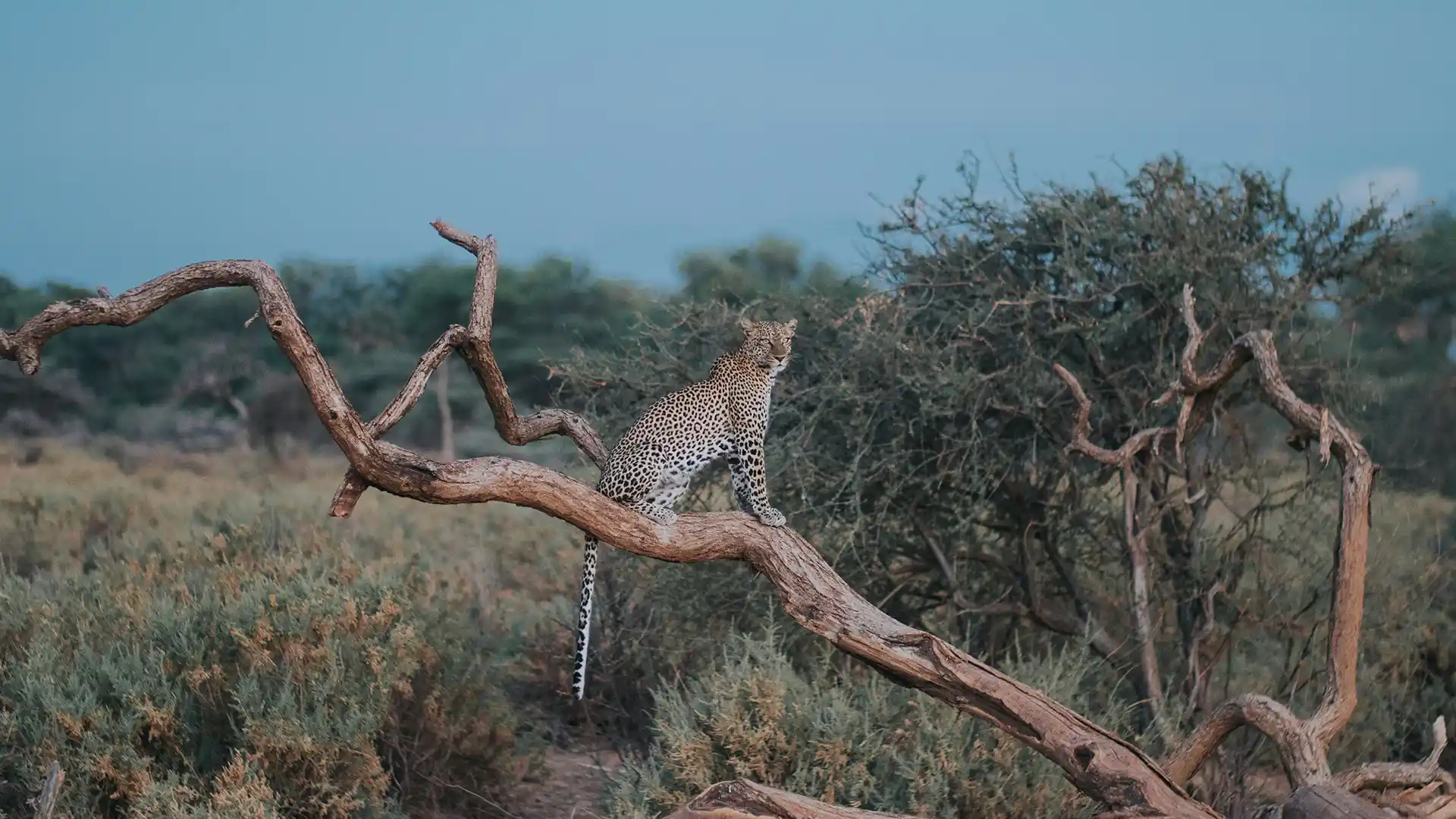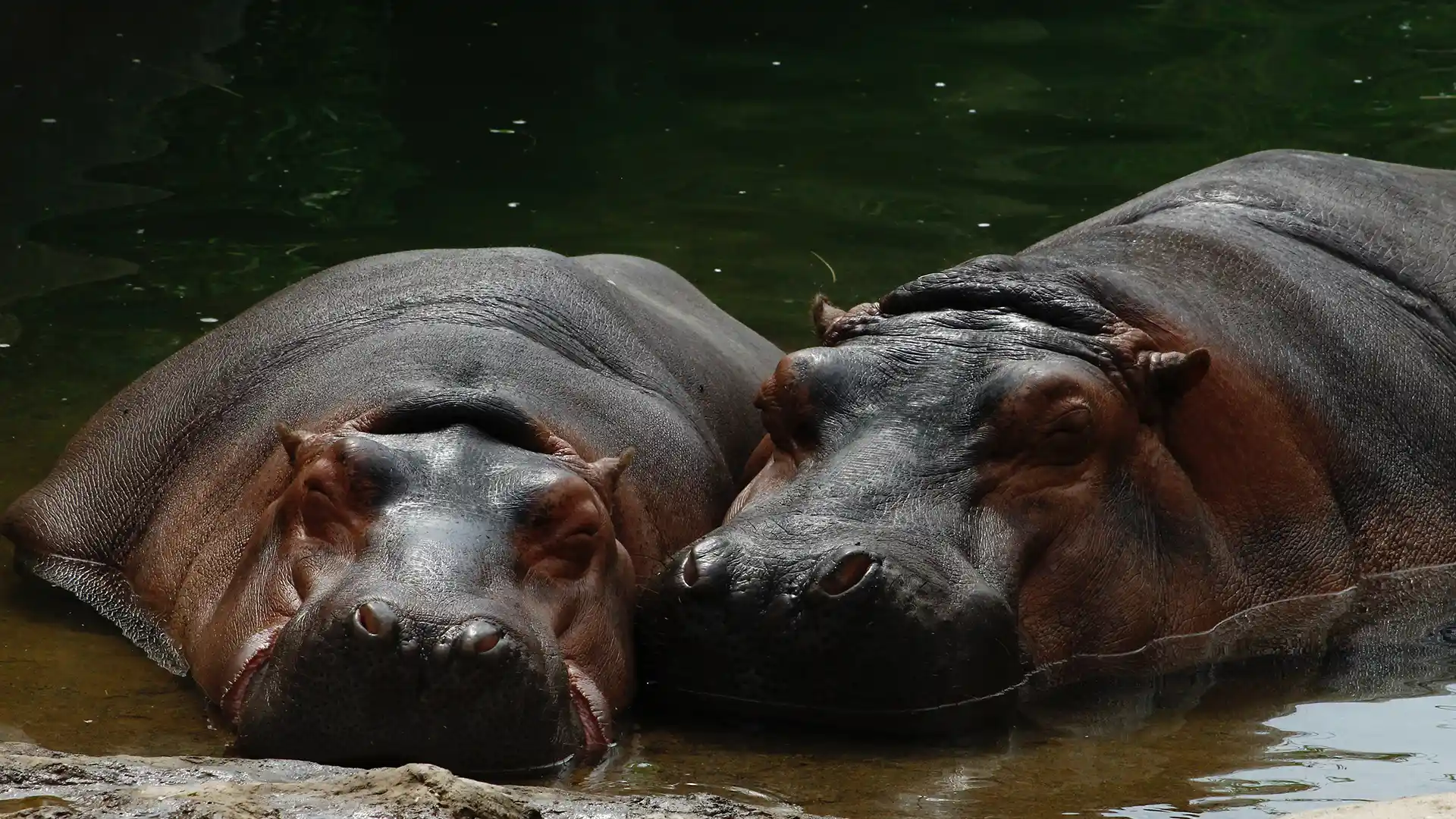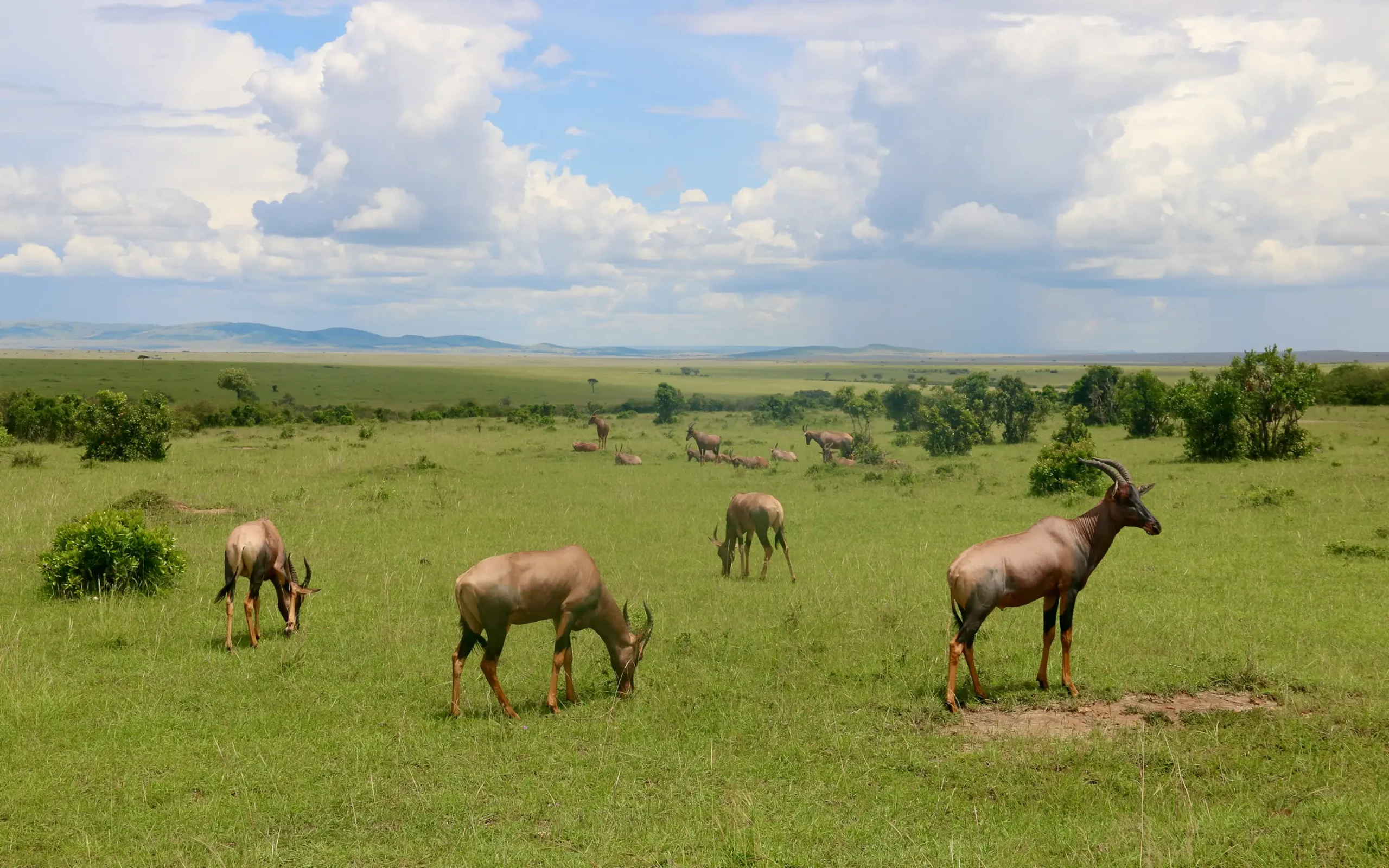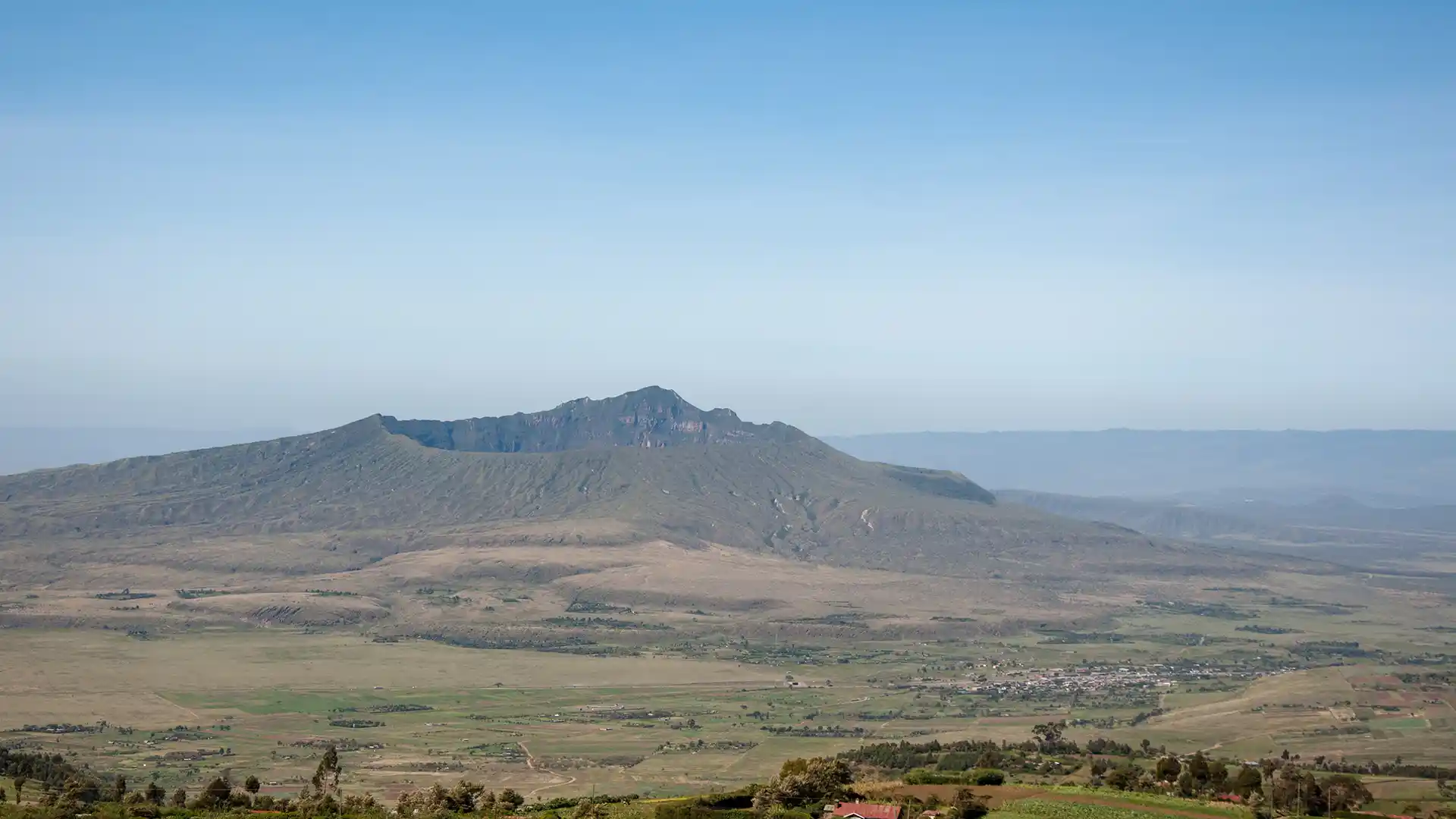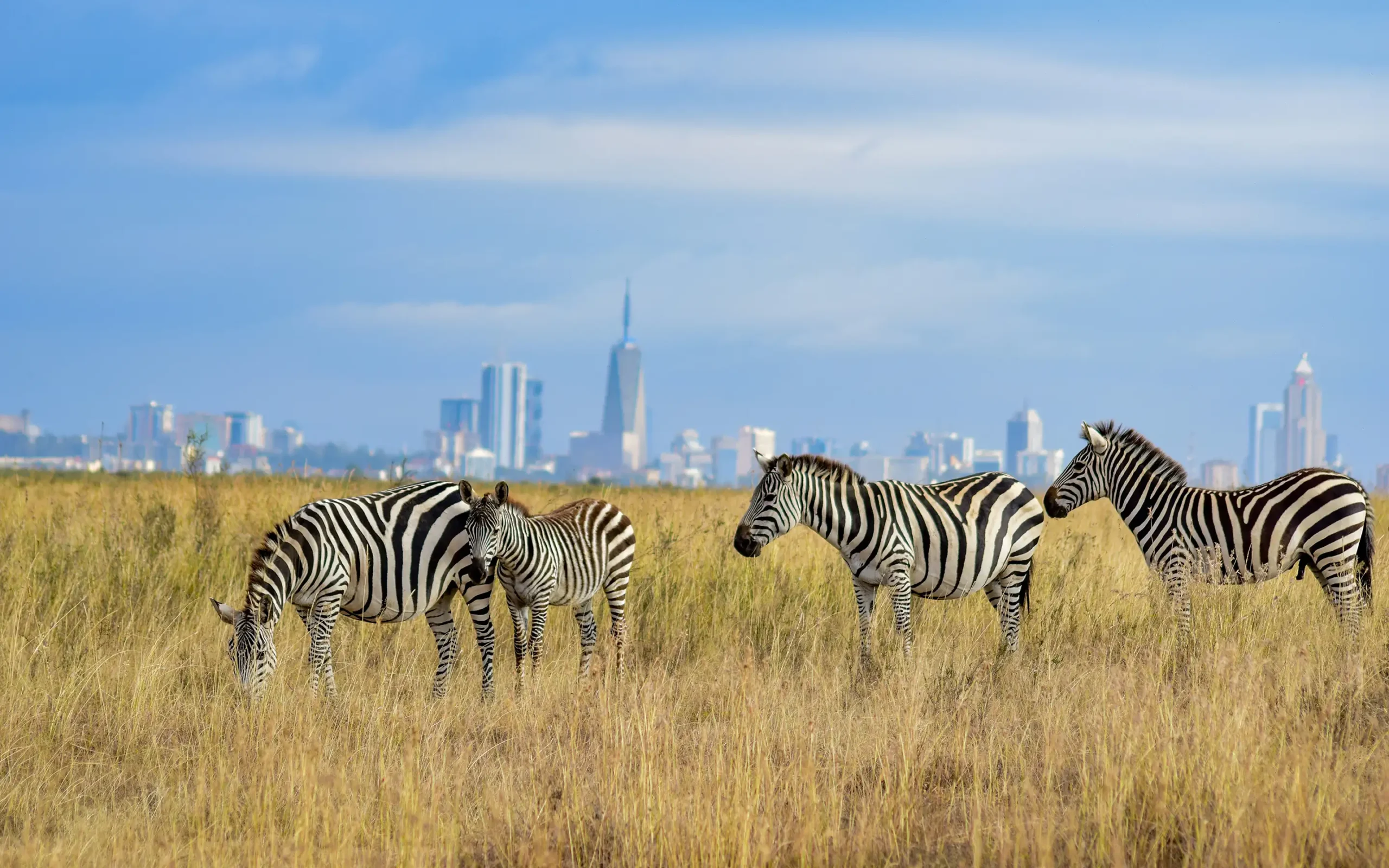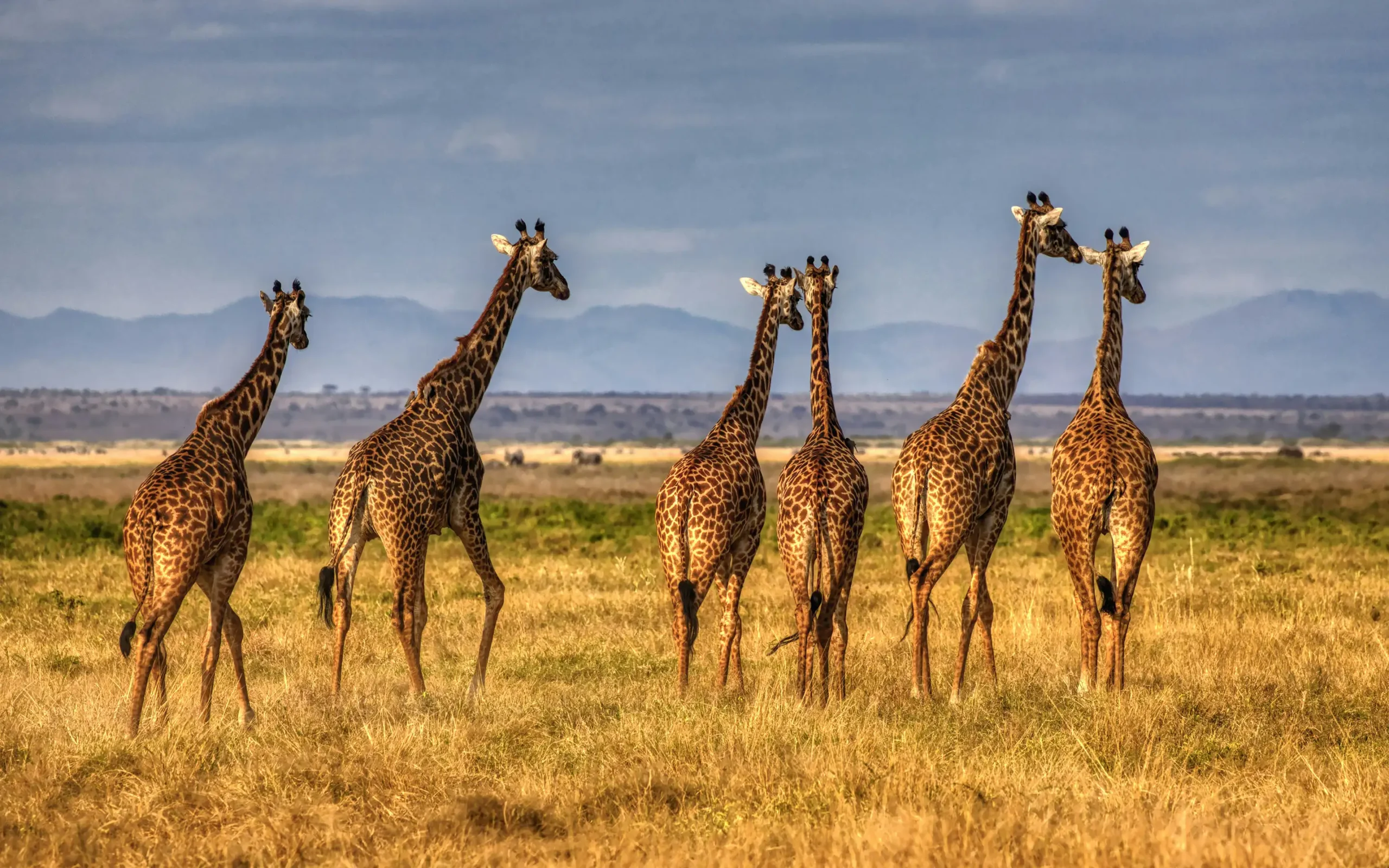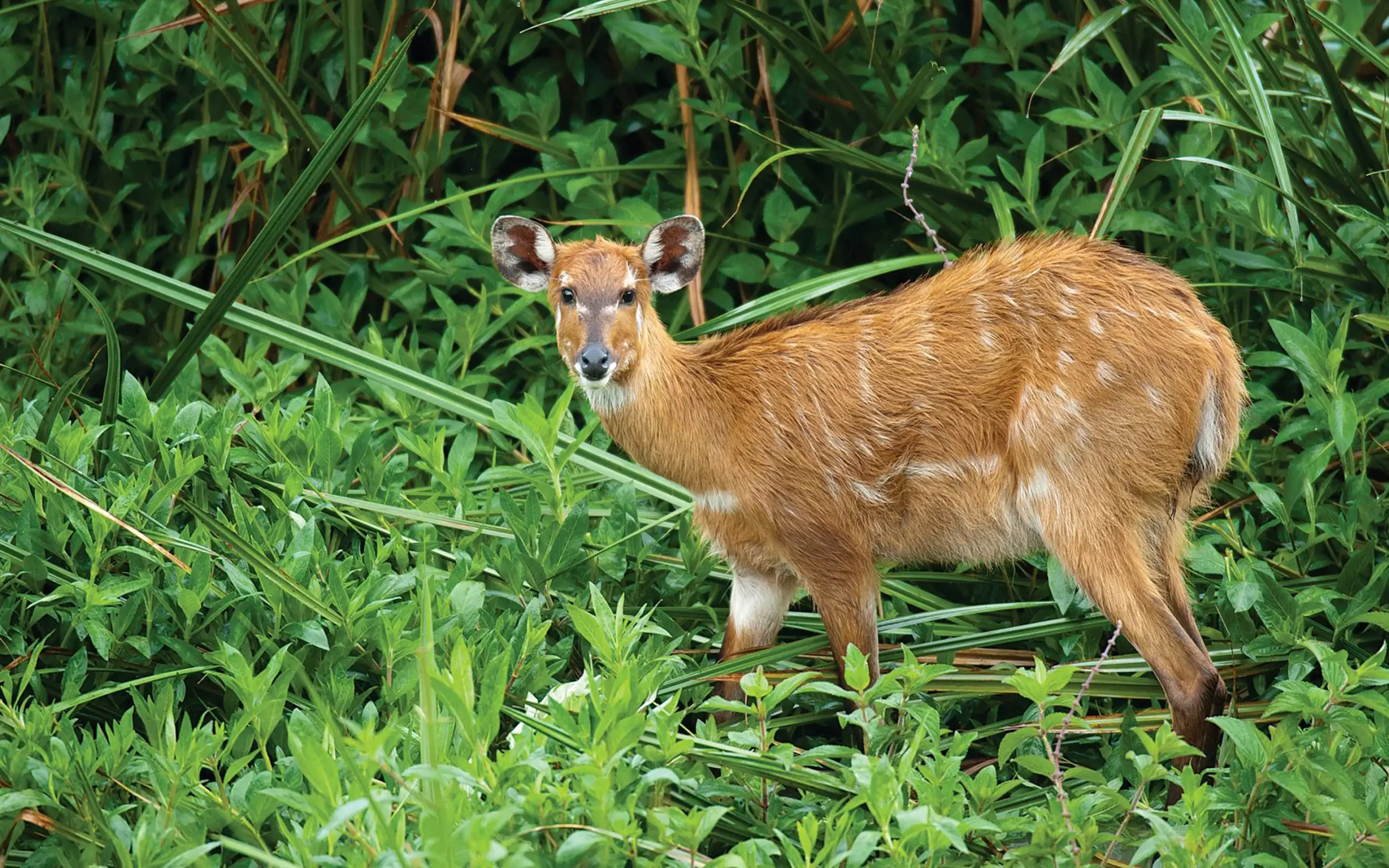Experience Breathtaking Kenya
Experience Breathtaking Kenya Kenya
About Kenya
Kenya, located in East Africa, is renowned for its stunning landscapes, rich wildlife, and diverse cultures, making it an ideal destination for nature enthusiasts and adventure seekers. The country offers a variety of ecosystems, from the iconic savannas of the Maasai Mara to the beautiful shores of the Indian Ocean. Kenya is famous for the Great Migration in the Maasai Mara, where millions of wildebeest and zebras traverse the plains. It’s also a top birdwatching destination with over 1,100 species recorded. Visitors can explore the lush forests of Mount Kenya, the arid landscapes of Samburu, and the scenic Rift Valley lakes. Home to over 40 ethnic groups, Kenya’s cultural diversity is vibrant and engaging. In Nairobi, the capital, visitors can experience a mix of modern and traditional life, explore bustling markets, and savor local cuisine. Kenya promises an adventurous, breathtaking, and thrilling experience, offering unforgettable memories for every traveler.
Kenya, located in East Africa, has a rich and diverse history that dates back millions of years. The region is famously known as the “Cradle of Mankind” due to the discovery of some of the earliest human fossils in the Great Rift Valley. Over millennia, Kenya has been a crossroads of migration, trade, and cultural exchange.
In the first millennium CE, various Bantu-speaking communities migrated into the region from the west and central parts of Africa, bringing with them agriculture, ironworking, and complex social structures. These communities settled alongside indigenous Nilotic and Cushitic groups, creating a mosaic of cultures and languages that characterize Kenya today.
By the 8th century, Arab and Persian traders had established coastal settlements in Kenya, such as Mombasa, Malindi, and Lamu. These city-states became part of the Swahili Coast, a network of trading hubs along the East African coast that facilitated commerce between Africa, the Middle East, India, and later Europe. The Swahili culture that emerged was a blend of African, Arab, Persian, and Indian influences, marked by the widespread adoption of Islam.
The Portuguese were the first Europeans to arrive in Kenya in the late 15th century. They established a presence along the coast, but their control waned by the 17th century as the Omani Arabs gained dominance. The Omani influence continued until the late 19th century when European colonial powers began to vie for control of the region.
In the late 19th century, Kenya became part of the British Empire. The British constructed the Uganda Railway from Mombasa to Lake Victoria, which played a crucial role in opening up the interior for settlement and economic exploitation. The colonial period saw the displacement of many indigenous communities, the establishment of settler farms, and the introduction of cash crops like coffee and tea. These changes led to significant social and economic upheaval.
The struggle for independence gained momentum after World War II, with the formation of various nationalist movements. The Mau Mau Uprising (1952-1960), a significant armed rebellion against British rule, played a critical role in this struggle. Following intense negotiations and growing pressure, Kenya gained independence on December 12, 1963, with Jomo Kenyatta as its first Prime Minister and later President.
Since independence, Kenya has experienced periods of political stability and turmoil. The country has made significant strides in economic development, becoming one of Africa’s key economic hubs. However, it has also faced challenges such as ethnic tensions, political corruption, and social inequalities. The introduction of a new constitution in 2010 aimed to address these issues by decentralizing power and enhancing democratic governance.
Geography
Kenya, situated on the eastern coast of Africa along the Indian Ocean, is renowned for its stunning landscapes, diverse ecosystems, and rich cultural heritage. Covering an area of approximately 580,367 square kilometers, Kenya shares borders with Tanzania to the south, Uganda to the west, South Sudan to the northwest, Ethiopia to the north, and Somalia to the east. This geographical diversity provides Kenya with a variety of natural attractions that draw visitors from around the globe.
The Great Rift Valley, a significant geological and geographical feature, runs through Kenya from north to south, creating a dramatic landscape of escarpments, valleys, and volcanic formations. This region is home to several alkaline and freshwater lakes, including Lake Nakuru, famous for its flamingo populations, and Lake Naivasha, known for its hippos and birdlife. The central highlands, straddling the equator, boast fertile lands and are dominated by Mount Kenya, the second-highest peak in Africa at 5,199 meters. This mountain, a UNESCO World Heritage Site, offers challenging climbs and diverse flora and fauna, including unique alpine vegetation.
Kenya’s coastal region, along the Indian Ocean, features pristine beaches, coral reefs, and historic ports such as Mombasa, which is rich in Swahili culture and history. The coastal lowlands are characterized by a tropical climate, supporting lush mangrove forests and diverse marine life. The northern part of Kenya is arid and semi-arid, with vast savannahs and deserts like the Chalbi Desert. This region is sparsely populated but rich in unique cultures and traditions. The western part of the country includes parts of Lake Victoria, Africa’s largest freshwater lake, contributing to the region’s agricultural productivity and biodiversity.
Climate
The coastal region of Kenya experiences a tropical climate with high humidity and temperatures averaging between 24°C and 30°C (75°F to 86°F) year-round. This region has two rainy seasons: the long rains from March to May and the short rains from October to December. These rains are vital for the lush vegetation and support the rich marine ecosystems along the coast.
The central highlands, including areas around Nairobi and Mount Kenya, enjoy a more temperate climate due to the higher altitudes. Temperatures here range from 10°C to 25°C (50°F to 77°F), with cooler nights and mornings. The highlands also experience two rainy seasons, with the long rains occurring from March to May and the short rains from October to December. The highlands are known for their fertile soils and support extensive agriculture, including tea and coffee plantations.
The northern and northeastern parts of Kenya are characterized by an arid and semi-arid climate, with temperatures often exceeding 30°C (86°F). These regions receive minimal rainfall, primarily during the short rains from October to December. The harsh climate influences the traditional nomadic lifestyles of the communities living in these areas.
In Kenya, the linguistic landscape reflects the nation’s rich cultural diversity. Officially, English and Swahili stand as the two recognized languages, each playing a distinct role in the country’s linguistic tapestry. With over 40 ethnic groups and a staggering array of 60 languages among them, Kenyans exhibit a remarkable multilingual prowess. Swahili, being the preferred language for interethnic communication, serves as a unifying force among the populace. In addition to their native ethnic languages and Swahili, a significant portion of the population, especially in urban areas, possesses a functional command of English. However, the proficiency in English varies, often contingent on individual levels of education. This linguistic richness reflects the mosaic of Kenya’s cultural heritage and enhances the travel experience, creating a harmonious environment for communication and cultural immersion.
Getting In
Kenya warmly welcomes visitors from various nations without the need for visas. This includes countries like the Bahamas, Barbados, Botswana, Ghana, and many more, fostering a hassle-free entry experience.
Explore Kenya’s Diverse Terrain:
By Car: Navigating Kenya is an adventure in itself. Major roads are generally paved, with varying conditions, while secondary roads, especially outside urban areas, are often unpaved. Road enthusiasts can easily access neighboring countries – Ethiopia through Moyale, Uganda via Busia or Malaba, and Tanzania through Namanga or Lungalunga. It’s a road-tripper’s dream!
By Plane: Kenya Airways (KQ), the national pride and one of Africa’s leading airlines, offers extensive regional and international connections. Jet set to destinations like Johannesburg, Harare, Cairo, Entebbe, and Accra for an unparalleled travel experience.
By Bus: For the budget-conscious and scenic seekers, buses provide an affordable and picturesque mode of transportation.
By Boat: Limited but delightful options include journeys on Lake Victoria (Mwanza to Bukoba in Tanzania) and coastal delights like the Mombasa-Zanzibar cruises.
By Train: Experience Kenya’s landscapes rhythmically through train travel, a nostalgic and scenic option that adds a touch of old-world charm to your journey.
Getting Around
By Plane: For international voyagers, the journey often commences at Jomo Kenyatta International Airport (JKIA) in Nairobi (NBO), a bustling hub that connects the world to the heart of Kenya. If you’re navigating Nairobi’s traffic to reach the airport, allocate at least two hours for the commute. The main road to the airport is susceptible to traffic congestion, and security checks demand patience.
By Bus: Kenya’s extensive network of long-distance buses invites travelers to embrace the scenic routes. Opt for reputable companies like Modern Coast for a comfortable ride, especially on highways where the speed is capped at 80 km/h. Brace yourself for a potentially bumpy and dusty journey through the picturesque landscapes.
By Matatu: The vibrant pulse of local transport, matatus, privately operated minibuses, offer a budget-friendly and nimble way to navigate major towns and rural areas. With capacities for 14 or 25 passengers, matatus follow set routes, providing quick and efficient service.
By Rental Car: Explore Kenya at your pace by renting a car from globally recognized agencies in Nairobi, Mombasa, and Kisumu. Alternatively, local distributors offer cost-effective options, but due diligence is essential before securing your vehicle. Document any pre-existing damages to avoid complications, especially when dealing with a “refundable” deposit.
By Train: Kenya’s railway landscape is evolving with the resurgence of passenger trains, epitomized by the Standard Gauge Railway (SGR). The operational phase, linking Nairobi to Mombasa, boasts two daily trains with a journey time of around five hours. Ongoing construction promises expanded connectivity toward Kisumu and the Ugandan border, heralding a new era in rail travel.
As you traverse the diverse landscapes of Kenya, each region tells a unique financial story through the currencies that gracefully circulate. In this East African haven, prepare to embrace a variety of means for exchange, enhancing your journey through markets, cultural hubs, and enchanting landscapes
Kenyan Shilling (KES): The heartbeat of Kenya’s economy, the Kenyan Shilling, is your primary companion in local transactions. With colorful notes and coins, it effortlessly guides you through the rhythm of daily exchanges.
US Dollar (USD): A familiar guest in tourist-oriented establishments, the US Dollar extends its welcome, offering a supplementary means of payment. From accommodations to tourist attractions, having a few dollars on hand can add convenience to your journey.
Euro (EUR): In select venues and international spheres, the Euro occasionally steps into the spotlight. Its acceptance may vary, so it’s advisable to inquire about its welcome in specific areas.
British Pound (GBP): Occasionally finding its place in upscale establishments and international arenas, the British Pound makes a cameo appearance in the realm of accepted currencies. Always confirm its embrace before initiating transactions.
Credit and Debit Cards: Unlocking urban convenience, major credit and debit cards, particularly Visa and MasterCard, gracefully glide through card readers in hotels, restaurants, and larger businesses. However, the wisdom of carrying some cash prevails in more remote corners where card facilities may be elusive.
Mobile Money: Witness Kenya’s pioneering spirit in finance through the embrace of mobile money, with M-Pesa leading the charge. This innovative form of exchange seamlessly weaves into your journey, offering a modern touch to traditional transactions.
General Knowledge Base
General information about Kenya.
The capital city of Kenya is Nairobi.
The official languages of Kenya are English and Swahili.
The currency of Kenya is the Kenyan shilling.
The highest mountain in Kenya is Mount Kenya, which stands at 5,199 meters (17,057 feet) above sea level.
The national animal of Kenya is the lion.
The first president of Kenya was Jomo Kenyatta.
The Maasai Mara National Reserve is a wildlife reserve in Kenya that is famous for its annual wildebeest migration.
The traditional attire of the Maasai people in Kenya is a bright red robe called a shuka.

